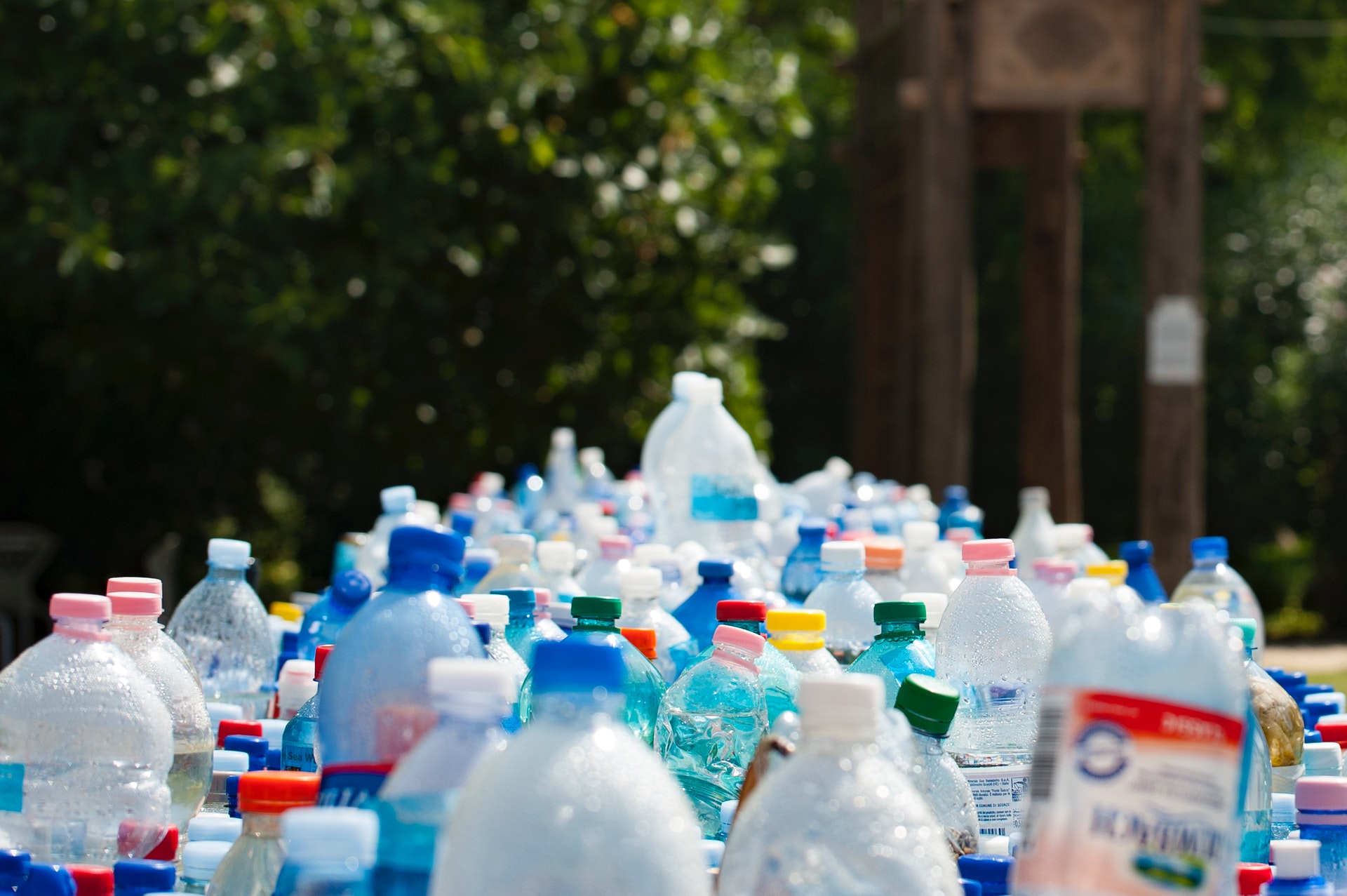New solvent-based recycling process
23. 11. 2020 | University of Wisconsin–Madison | www.wisc.edu
Multilayer plastic materials are ubiquitous in food and medical supply packaging, particularly since the specific properties of layered polymers can keep moisture from fouling sterile syringes or light and oxygen from making potato chips stale. But despite their utility, those ever-present plastics are impossible to recycle using conventional methods.
About 100 million tons of multilayer thermoplastics — each composed of as many as 12 layers of varying polymers — are produced globally every year. Forty percent of that total is waste from the manufacturing process itself, and because there has been no way to separate the polymers, almost all of that plastic ends up in landfills or incinerators.

Now, University of Wisconsin–Madison engineers have pioneered a method for reclaiming the polymers in these materials using solvents, a technique they’ve dubbed Solvent-Targeted Recovery and Precipitation (STRAP) processing. Their proof-of-concept is detailed today (Nov. 20, 2020) in the journal Science Advances. The team now hopes to use the recovered polymers to create new plastic materials, demonstrating that the process can help close the recycling loop. In particular, it could allow multilayer-plastic manufacturers to recover the 40 percent of plastic waste produced during the production and packaging processes.
Read more at University of Wisconsin–Madison
Image Credit: Pexels
-jk-




